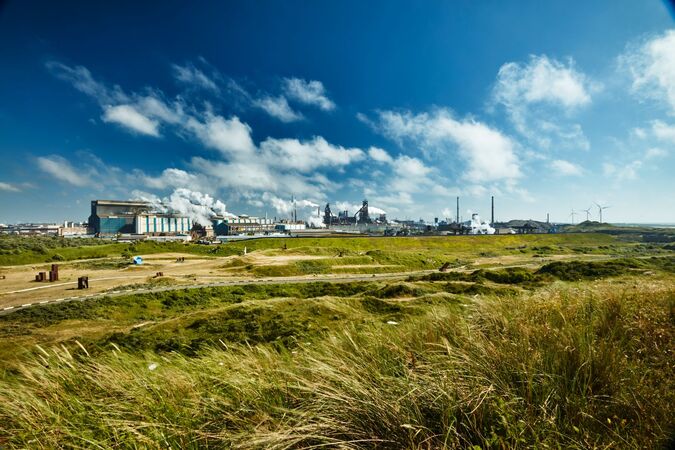Tata Steel in Europe announces step toward carbon neutral production
by David Fleschen

Tata Steel’s European business has announced a partnership with the chemicals company Nouyon and the Port of Amsterdam to develop the largest green hydrogen cluster in Europe.
The announcement is one of a number of initiatives to help Tata Steel’s European business achieve its ambition of becoming carbon neutral from 2050.
The companies will together explore the feasibility of a water electrolysis facility to produce hydrogen and oxygen at Tata Steel’s IJmuiden steelworks in the Netherlands. Using renewable electricity, the plant would save up to 350,000 tonnes of CO2 per year, equivalent to the emissions of more than 40,000 homes.
Hydrogen is a vital element which serves the dual purpose of being a carbon alternative for the steelmaking industry while also being used to help create everyday household products from the waste gases produced during steelmaking.
Hans Fischer, CEO of Tata Steel’s European business, said: “We are already one of the world’s most CO2-efficient steel companies, but our ambition is to become a carbon-neutral steelmaker.
“The steelmaking industry has a collective responsibility to set bold targets, raise the bar and find opportunities to collaborate in order to drive progress on this front. Simultaneously, we’re making significant investments in innovation as part of our strategy to build a European business that is sustainable in every sense.”
Last month, Tata Steel announced that Hisarna, the company’s new reactor, had exceeded expectations in sustainable steel production, with the possibility of achieving a CO2 reduction of more than 50%. HIsarna is expected to play a pivotal role in meeting the recycling ambitions of the circular economy.
Also announced recently was Tata Steel’s intention to cooperate with Dow Chemical on a pilot project which seeks to convert carbon monoxide – a by-product gas from blast furnaces – into naphtha, a liquid hydrocarbon mixture. The naphtha is expected to be used as feedstock for the production of other chemical products, another example of integration into the circular economy.
Source and photo: Tata Steel

